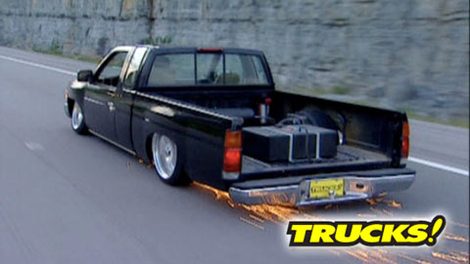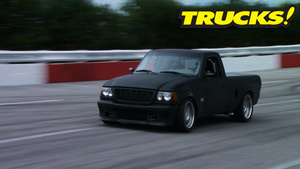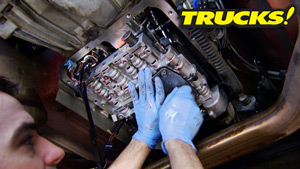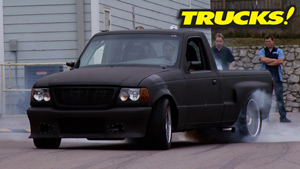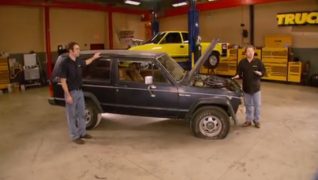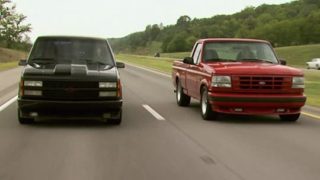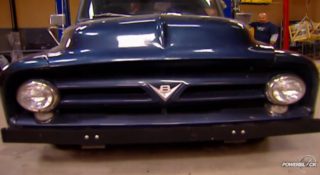Trucks! Builds
Want more content like this?
Join the PowerNation Email NewsletterParts Used In This Episode
CanDo Specialties, Inc
Tubular Nissan to Toyota conversion, A-arms and front bag brackets.
Flowmaster
Extreme Off Road Muffler.
Low Rider Depot
Firestone Air Bags, Air Zenith Compressors, dual needle guages, air valves, 7 gallon air tank, fittings, 1/2" air line & bag mounts.
Skyjacker
2 wheel drive lift kit with Platinum Coil-Over; Suspension Lift Kit; 6 In. Lift & Rear Springs.
